Noticing Something Strange?
Let me guess—one minute your kid is bouncing around the living room, and the next, you spot these weird red spots on the roof of their mouth. You freeze. Is it serious? Did they eat something? Am I Googling too much? Trust me, you’re not alone. If you’re staring into your child’s mouth right now—or thinking about peeking inside—wondering about red spots roof of mouth child, breathe. Let’s talk this through in real, non-doctor speak. Because I swear, parenting sometimes feels like a real-life episode of a medical drama…minus the dramatic music, but all the messy emotions.
But here’s a wild truth: those little mouth spots could be totally harmless, or not. Sometimes they mean your child’s fighting off a virus. Other times, it’s just irritation from (honestly) a taco shell gone rogue. So how do we figure this out?

First Things First: What Do Those Spots Even Mean?
Have You Ever Noticed…
You open up your kid’s mouth—it’s probably not their favorite activity, right?—and there they are: a handful of small, red, maybe slightly blistered spots, right across the roof or even way in the back. Here’s what’s super common: these are often the first sign of a mild viral infection in kids. Herpangina is a biggie here, but that’s not the only player on the mouth-spot field.
So, what do they look like? Kind of like little flat or slightly raised red dots, sometimes with tiny blisters or a faint white center. Maybe it’s just a couple, or maybe there’s a little cluster. Check out some real examples with these Red spots on roof of mouth pictures—I promise you, seeing the photos made me breathe easier when I saw something similar on my own kid!
Quick Table: What’s Normal, What’s Not?
| Spot Feature | Usually Harmless | Check with Doctor? |
|---|---|---|
| Small, red, flat or slightly raised | Yes | If with fever or pain |
| Painful blisters, refusing to eat/drink | Sometimes | Yes |
| Large, spreading, lasts 10+ days | Rarely | Absolutely |
So…Why Are These Spots Popping Up?
Could It Be Herpangina?
Have you ever even heard of herpangina before? I hadn’t, until the day my toddler started drooling buckets and wouldn’t let anything near her mouth except ice cream. (You know it’s serious when even mac ‘n cheese gets the cold shoulder!) Herpangina is actually a viral infection, super common in little kids, especially under 10 years of age. The main culprit is usually coxsackievirus, but there are a few other viral suspects as well according to Boston Children’s Hospital.
What else comes with herpangina? Dramatic fevers— like, up to 105°F, which always makes caregivers panic. Plus headaches, sore throat, random drooling, and sometimes just a very cranky, “don’t-touch-me-mom” child. If your child’s mouth is littered with blister-like red bumps or ulcers, mainly on the roof or far back (and you’ve also caught yourself googling “Red spots roof of mouth child” at midnight), this could be your answer based on Cedars-Sinai’s pediatric info.
Real Life: The Case of the Yogurt Rebellion
One weekend, my niece just refused to eat anything but drank cold apple juice. We thought she was protesting veggies. When we peeked inside, there they were—little red ulcers at the very back. Her doctor rolled his eyes (kindly), said it was classic herpangina, and told us to just keep her comfy and hydrated. A week later? Back to stealing cookies. Moral of the story: viral spots often look way scarier than they actually are.
Hand, Foot, and Mouth Disease—The Sibling Rival
Here’s another throwback to preschool season: hand, foot, and mouth disease (HFMD). It’s a viral thing too, but comes with a “party pack”—mouth spots and sometimes a rash on the hands or feet. The mouth spots start as small red dots and can get blistery and sore according to the CDC. Under age five? It’s like a rite of passage.
Oh, and if you want to check if your toddler’s rash matches up, here’s a lifesaver: toddler mouth sores pictures. I wish someone had shown me this link years ago—images sometimes explain more than words.
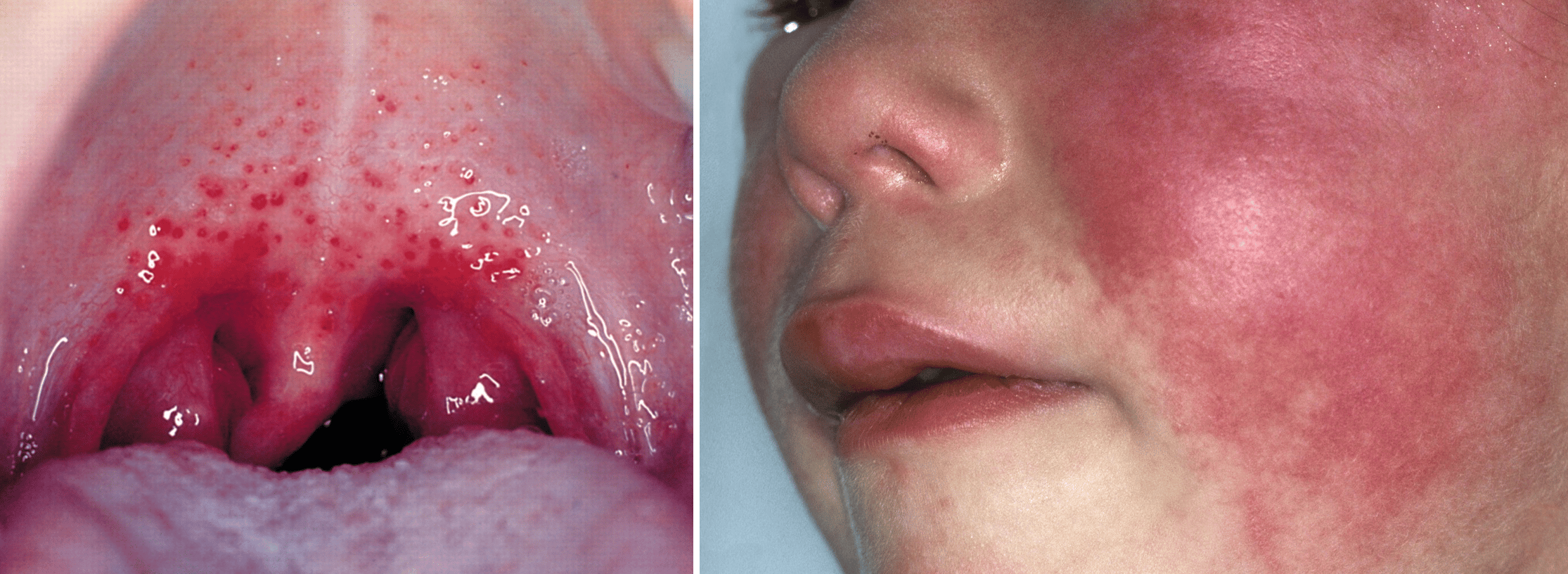
Don’t Rule Out Strep or Scarlet Fever
So, we love to blame viruses, but those red spots might actually be tiny little warning flares from a bacterial bug, specifically strep throat. Think bright red, round spots (“petechiae”) with sore throat and fever as described on Health.com. Sometimes it’s even part of scarlet fever—look for a sandpapery rash splashing across the body or a “strawberry” tongue. Antibiotics usually get your kid back on their feet pretty quick if this is the culprit.
What Should You Watch For?
Clues That Tell a Story
Y’know how with kids, everything is a performance? Look for the “supporting symptoms”—does your kid suddenly stop drinking juice, drool more than their baby days, or act like food is made of lava? Are they burning up (hello, fever), rubbing at their neck, or just suspiciously low-energy?
With viral causes like herpangina and HFMD, there’s usually a quick onset—think fast fever, rapid mouth changes, and kids that spike hot and crash on the couch.
That said, any combo of red spots roof of mouth child plus:
- High or lingering fever (longer than 3 days)
- Dehydration signs (dry lips, fewer wet diapers, tears AWOL)
- Trouble breathing or swallowing
- A rash that spreads or won’t quit
Doctor’s Diagnosis: It’s Not Rocket Science
Honestly? The doctor will probably do what you just did—peek inside, ask a few questions, maybe swab if they’re thinking strep. Those classic herpangina or HFMD blisters? They’re pretty textbook. No blood draws or drama unless it’s an “outlier” case. Usually, your parental instincts (aka worry meter) are enough to get things checked out according to Colgate’s dental guidance.
How to Soothe, Soothe, Soothe
Home Hacks for Healing
Okay, so the doc says it’s viral. Antibiotics? Nope, not helpful here per Boston Children’s Hospital. The plan? Comfort and fluids. It’s all about keeping them (and you) as chill as humanly possible for 5-7 days.
My “survival kit” after we did the herpangina dance:
| Remedy | Why It Helps | Kid Bonus |
|---|---|---|
| Cold drinks or ice pops | Numbs pain, hydrates | Turn it into a “treat fest” |
| Mild, soft foods (yogurt, mashed potato) | Easy to swallow | Sneak extra calories in |
| Acetaminophen (Tylenol) or ibuprofen | Reduces fever and soreness | Check dose with doc |
| Saltwater rinse (if old enough) | Soothes mouth sore spots | Make funny faces at the sink |
Honestly, sometimes just a silly straw, a fancy smoothie cup, or a popsicle is all it takes. Some days? Nothing works. That’s parenting. Keep offering comfort—and lots of gentle cuddles.
Want more visual comparisons? Just bookmark Red spots on roof of mouth pictures or grab toddler mouth sores pictures before another panic spiral.
What to Avoid (Says Every Parent Who’s Been There)
Super salty chips? Acidic juice? Salsa or hot soup? Hard pass. These light your child’s mouth up like, well, a mouth on fire. Trust me, the “ouch” yelps are real. Stick with gentle stuff until those little spots fade.
Can You Prevent These Spots?
Old Reliable: Handwashing
I know, I know. You’re probably tired of hearing about handwashing. But here’s the deal—the viruses behind herpangina and HFMD are crazy contagious, especially in schools, playgroups, basically anywhere kids exist (even Cleveland Clinic agrees).
So scrub those mitts for 20 seconds, teach older kids their “ABC Song,” and clean shared toys daily during an outbreak. Sick kid home? Extra rest, separate cups, extra wipes. Some days it feels impossible, but honestly, it helps.
And after you’ve washed hands for the hundredth time? Give yourself a pat on the back (and maybe sanitize the remote again, just in case).
The “No Share” Rule (for Now)
It’s no fun to say, but for a week or so, avoid the cup/binky/share-everything chaos if one child is down with a virus. And when you’re done, double-check that toddler mouth sores pictures bookmark for next time. Prevention is mostly about little habits and a thousand reminders.
What’s the Big Takeaway?
Whew. Still reading? Here’s the honest scoop: red spots roof of mouth child might look scary, but most cases are viral and fade quickly with TLC, rest, fluids, and a good pinch of patience. Comfort your kid, trust your gut, call the doctor if things look serious (high fever, dehydration, or if it drags for more than a week).
Remember, even though Google can send you down rabbit holes, seeing photos—like those red spots on roof of mouth pictures—and reading up helps. You’re not overreacting. You’re being thorough. Parenting is messy, sometimes hilarious, sometimes exhausting—but you’re doing a fantastic job.
So… go ahead, snuggle your child, keep that smoothie stash stocked, and trust that in most cases, kids bounce back fast. And hey—now you’re armed with knowledge (and a couple of good links should worry strike again). What’s your comfort food for tough days? I’m team ice cream, every time.

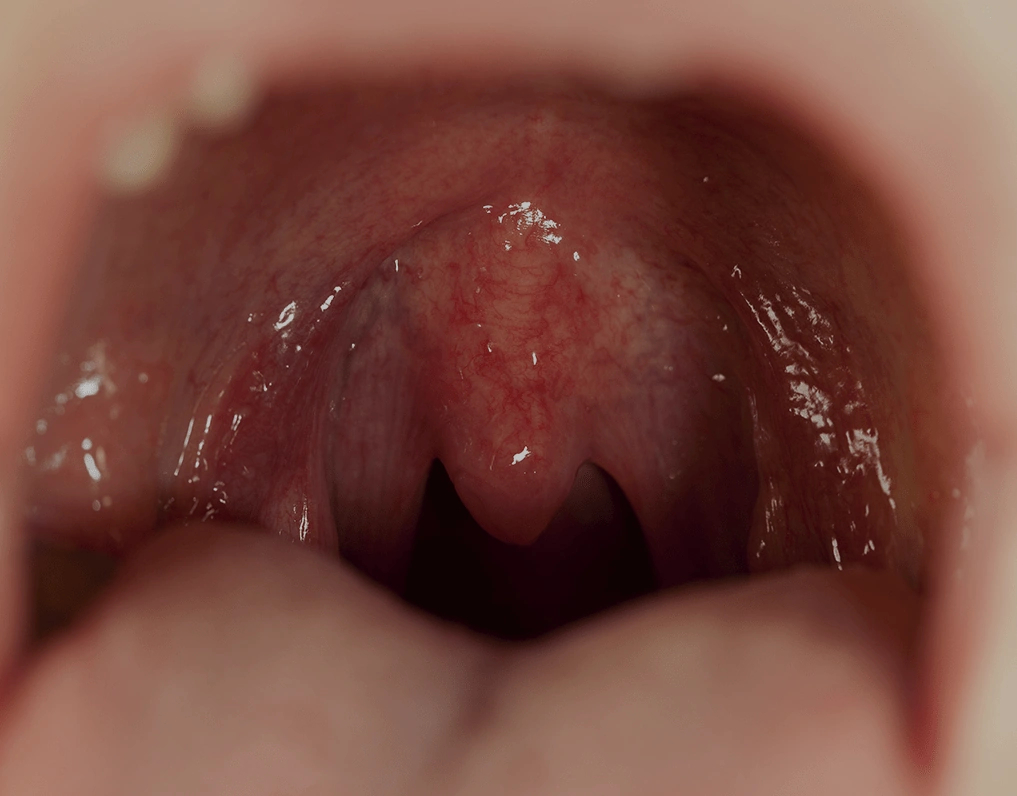

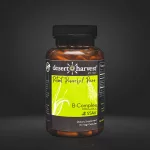
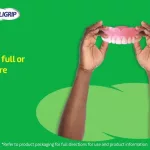

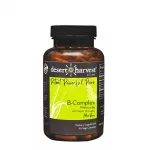


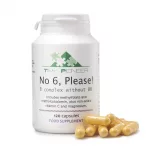
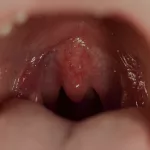
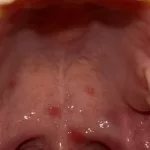
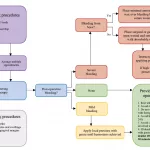
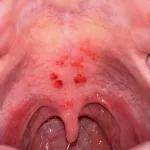
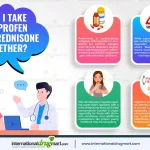
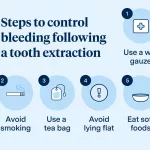


Leave a Reply
You must be logged in to post a comment.